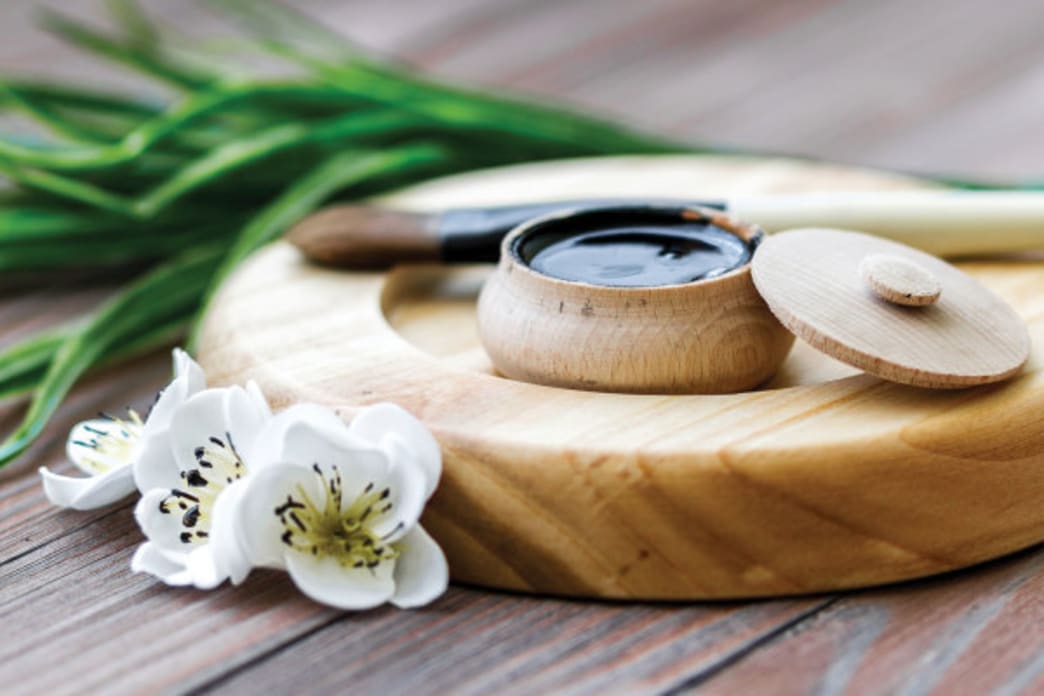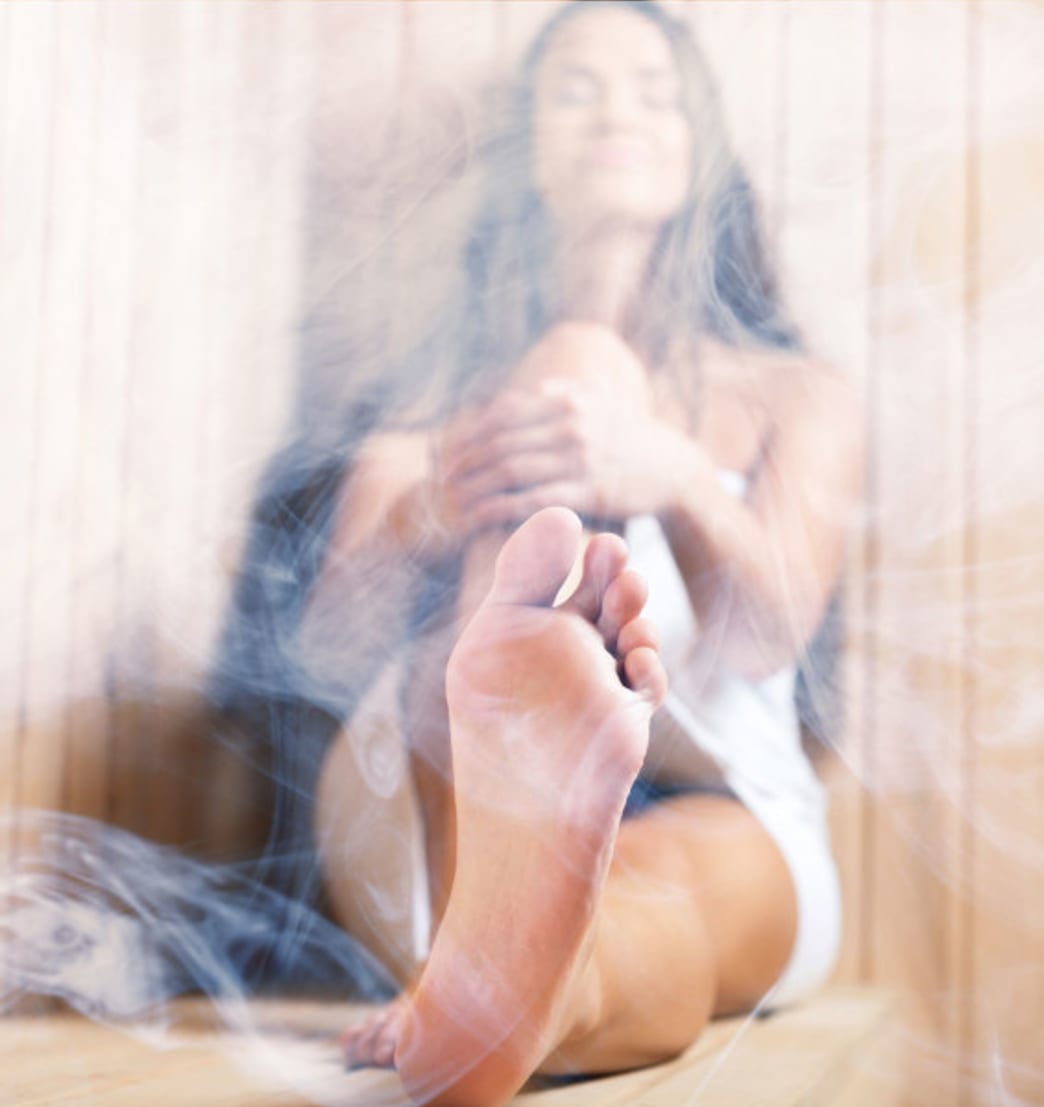
How to Add Activated Charcoal to your Beauty Routine
Activated charcoal is nothing new on the health scene. Ancient Egyptians used it as early as 1,500 BC (Cleopatra reportedly lined her eyes with charcoal), and women around the world have used it for teeth whitening, skin care, and natural cleansing. In modern medicine, it’s used in emergency rooms to treat drug overdoses and poisoning by attaching to toxins and preventing their absorption. The theory in beauty products is the same: activated charcoal attracts and binds to toxins, bacteria, dirt, and oil, preventing them from causing harm.
But when we say “charcoal,” we’re not talking about the stuff in the bottom of your grill left over from your last barbecue. Never use that; it’s filled with harmful chemicals. Activated charcoal is derived from wood or coconut husks, and then treated to increase its ability to bind to toxins. The result is a coal-black powder that’s available in several forms, including powders, capsules, soaps, and tooth products.
If you take it internally, drink plenty of water; it can cause dehydration without adequate fluid intake. Because activated charcoal can interact with supplements and medications, check with your health care provider before taking. And try these five ways to include charcoal in your life:
1. Detox Using Activated Charcoal
Used in hospitals and emergency rooms to counteract drug overdoses, alcohol overdose, and poisoning, activated charcoal binds to toxins and escorts them from the body. It can also be used to remove pesticides, chemicals, and other food and environmental toxins from the body, reducing inflammation and making skin clear and bright. Recommended dosages range from 1 to 3 grams before meals to much higher doses. It can be taken in capsule form, or the powder (choose one designed for internal use) can be added to cleansing smoothies, green drinks, or pineapple juice for extra detox action.
2. Activated Charcoal Soap for Acne

Activated charcoal is thought to bind with excess sebum, bacteria, and toxins on the skin that can exacerbate acne and breakouts. To banish your blemishes, use an activated charcoal soap on a regular basis; you’ll find bars combined with hemp oil, jojoba beads for exfoliating, sea salt, salicylic acid, essential oils, and other ingredients designed to combat blemishes. After washing, use an activated charcoal mask to purify skin, draw out dirt and toxins, and balance oily skin. You’ll find masks that combine charcoal with aloe vera, bentonite clay, sea vegetables, salicylic acid, green tea, and other blemish-calming botanicals.
3. Whitening Teeth and Preventing Gum Disease with Activated Charcoal
Activated charcoal has long been used to prevent cavities and gum disease, ward off bad breath, and whiten teeth. It’s thought to bind to tannins—tooth-staining compounds in red wine and tea—and lift them from the teeth. To keep your mouth healthy and bright, try a charcoal tooth powder; they’re often combined with bentonite clay—used to increase remineralization of the teeth—and may be sweetened with xylitol and flavored with essential oils. Or for an easy, mess-free solution, look for an activated charcoal toothpaste. You’ll find them combined with bentonite clay, antibacterial coconut oil, and essential oils for complete oral health.
4. Topical Use of Activated Charcoal for Bug Bites and Skin irritation

Applied topically, activated charcoal has long been used to treat bug bites and stings, rashes, and skin irritation, all of which can destroy your summer-sexy skin. To treat bites or stings, wash first with activated charcoal soap to remove any surface toxins, then combine a quarter teaspoon of activated charcoal powder with two teaspoons of olive, sesame, or coconut oil and apply liberally to affected areas. Cover with a cloth bandage to prevent staining, and reapply every 30 minutes. For skin redness, rashes, and irritation, make a soothing mask from 2 tablespoons coconut oil, 2 tablespoons aloe vera, and 2 teaspoons charcoal powder. Apply to skin and leave on for 15 minutes, then rinse and pat dry.
5. Charcoal Hair Treatment Removes Dirt and Toxins
In the summer, a buildup of chlorine, salt water, and styling products can weigh down hair and decrease shine. A charcoal hair treatment can remove dirt and toxins from hair and scalp, allowing them to be easily rinsed away. (Bonus: it’s great for treating scalp conditions such as dandruff, eczema, and psoriasis.) To remove buildup, combine 1 teaspoon activated charcoal powder, 2 tablespoons natural shampoo, and ½ cup warm water; apply to wet hair and shampoo as usual. For a concentrated scalp-healing mask, combine 1 teaspoon activated charcoal with ¼ cup almond oil. Rub into scalp and hair, cover hair with an old towel or shower cap, and let it soak in for 15 minutes. Shampoo and condition as usual for a clean, itch-free scalp and lustrous locks.
Healthy Tip!
To soothe stings or rashes, combine charcoal powder with coconut oil and apply to the affected area.
Written by Lisa Turner for Better Nutrition and legally licensed through the Matcha publisher network. Please direct all licensing questions to legal@getmatcha.com.

